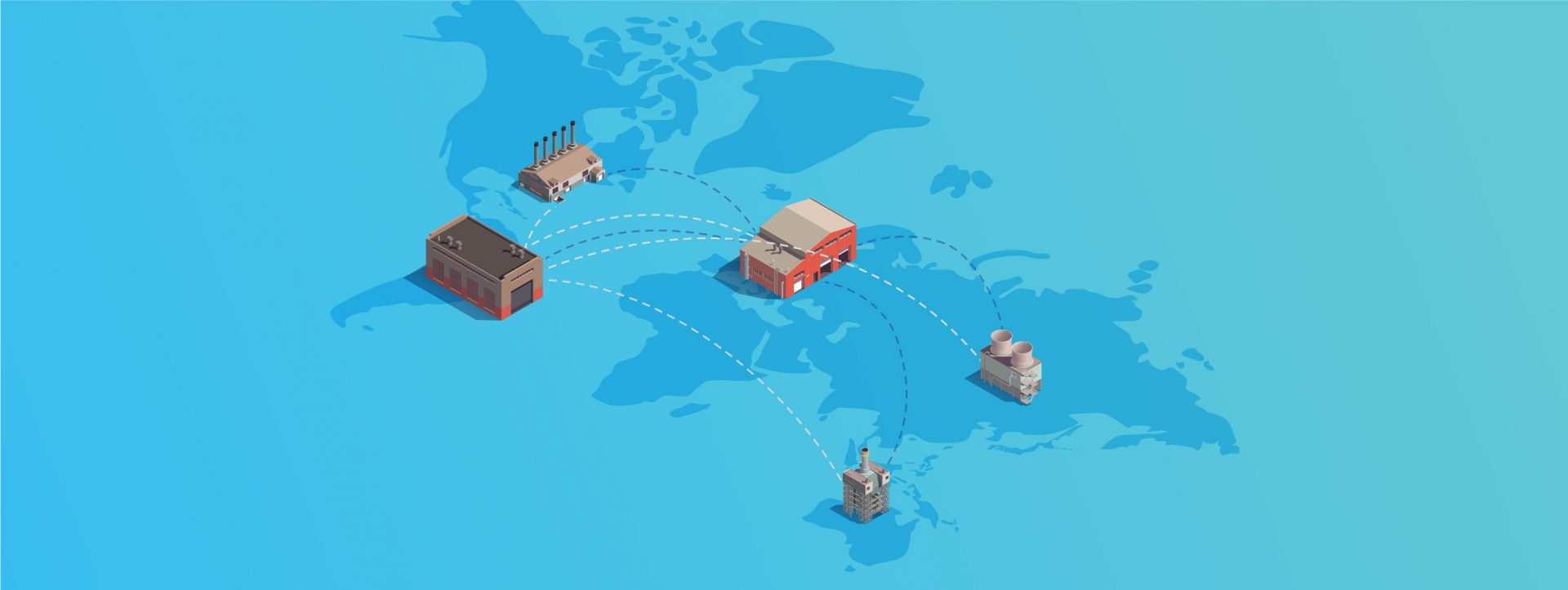
Advancing beyond S&OP: Is IBP the right approach for you?
As businesses mature and markets fluctuate, the need for adaptable planning processes increases. Transitioning from…

In Supply Chain, you have heard of offshoring, reshoring, and nearshoring. The offshoring approach typically means ‘getting your products at the cheapest cost.’ Adopted by the Supply Chain, reshoring and nearshoring aim to improve responsiveness and reduce inventory at risk. Logistically, these have all become convoluted to undertake, following the Supply Chain undergoing multiple sources of disruption due to the pandemic. It is now far more complex for companies to forecast and plan reliably. A need to rebalance has resulted in a call from businesses worldwide to ‘rightshore’ their Supply Chain.
Supply Chain leaders and procurement executives need to consider their priorities before redesigning their Supply Chains and moving production:
Companies that are most effective at reshoring, for example, understand the trade-offs for offshoring compared to the cost of change. Given the current complications of risk in the Supply Chain, organizations must assemble teams of experienced partners to ensure a Supply Chain that flourishes in the face of a global logistics hiatus.
This article looks at the different concepts noted above and explores the considerations associated with going beyond localized sourcing or alternative manufacturing locations.
Outsourcing may be loaded negative connotations, with the possibility of exporting jobs. Since the 1980s, with the deregulation of the business sector, executives have considered outsourcing to minimize spending while maximizing profits.
The role of outsourcing has continued to increase, making supply location quite complex. Most employers are also exploring the need to maintain talent, especially in the STEM disciplines, to ensure competitive advantage. Outsourcing has grown over the years to encompass an enormous range of job functions by hiring third-party partners to manage areas of non-core processes and procedures (such as accounting, marketing, IT, or call centers).
Most of the time, outsourcing is abroad (also known as offshoring.) It is often associated with “cheap,” unskilled labor. However, things have changed a lot in this globalized market, and the demand for knowledgeable staff is now the norm.
Nearshoring is the practice of choosing to supply more locally, typically to reduce risk and increase responsiveness
With nearshoring, you can maintain core elements of your operation close to home rather than transferring them overseas. Nearshoring typically has shorter lead times, reducing risk and increasing responsiveness. It can also facilitate shared collaboration with third-party traders, making them more straightforward to manage and increasing the chance of shared cultural similarities with the partner. This latter point may enable better communication and more significant comprehension of market needs. Nearshore partners are also likely to operate in the same (or similar) time zone as yours, making it easier to coordinate with your vendors.
One disadvantage of nearshoring is the related costs. Local supply means local labor costs. Typically, costs increase per piece, but so does the opportunity for reduced inventory in transit, meaning the decreased risk of obsolescence and change, delay, and damage.
The trend of offshoring completely has advanced to such a degree that many countries have a significant balance of trade dilemma; their costs are going up, so they are no longer the “best” target source. Many organizations are reviewing and returning (if they can) to more local supply options by repatriating jobs, partners, and processes back to home sourcing. This approach trend is termed reshoring or backshoring.
If an organization initially transfers some of its operations overseas to cut costs, why would it bring back that capability? We only need to look to these challenging times to find the answers. It’s typically driven by ensuring supply, increasing flexibility, and reducing exposure to risk – freshening the flow of the Supply Chain.
In the past, before we saw any effects of a global pandemic, labor was not expensive overseas. Enterprises saw offshoring and nearshoring as gully operational and cost-efficient options to regional work. However, with increasing uncertainty and the risk of collapsing Supply Chains in today’s landscape, transport costs and improved environmental impacts are more than they are willing to pay.
Reshoring did occur before the pandemic, with studies suggesting multiple organizations having reshored operations to the USA. Because of risk and cost avoidance, many others plan to do so soon. The pandemic has further accelerated that trend. As a result, there is a prospect of more than $443 billion going back into the US economy.
Reshoring enables:
Reshoring is potentially more costly, including increased expense on labor, supplies, overheads, and the potential of a limited talent pool with the need for reskilling workers for switched production. Additionally, with increasing container move rates worldwide and a lack of transportation workers, it is not surprising that so many organizations would return offshore in India and China to more local supply, where lead times are shorter, and benefits are higher.
The COVID-19 pandemic unearthed global production weaknesses. It created the closure of multiple businesses, changing how they have organized their output levels and their market share in recent decades. Many Supply Chains came to a complete standstill at the beginning of the COVID-19 crisis, leaving an unfulfilled demand for certain essential goods, such as Personal Protective Equipment (PPE), on a global scale.
The pandemic is driving corporations to focus on enhancing their Supply Chain resilience. They will reduce the risk of Supply Chain disruptions by increasing production autonomy, segmenting the Supply Chain, and opening the need for excellence in supply management – with insightful plans to pick between reshoring and nearshoring. European businesses plan to bring their global operations closer to home, with recent reports showing nearshoring trends amongst German companies and questioning whether neighboring economies can benefit from these trends.
Two regions are positioned to benefit significantly: Eastern Europe, with a rich market of Western European customers, and Latin America and the Caribbean, particularly Mexico, Colombia, Panama, Costa Rica, and the Dominican Republic.
Several large USA companies have chosen to ‘insource’ (i.e. source within the firm). At the same time, others are using advanced planning tools to explore the impact on margins of sourcing more locally.
Some good nearshoring examples include Inditex, the Spanish apparel company moving manufacturing from Asia to Turkey and Morocco. Likewise, Boeing, LG, Whirlpool, and Samsung now manufacture many of their products in Mexico, and Nike has reduced its presence in China in favor of Mexico.
However, a 2020 Gartner survey found that a third of 260 leading enterprises globally will move part of their chains out of China by 2023. Now is the time for nearshore suppliers, such as Latin America and the Caribbean, to make the most of this shift.
The most eye-catching nearshore industry is apparel. Benetton relocated most of its production from Asia to Egypt, Tunisia, Turkey, Serbia, and Croatia; German-based Hugo Boss to Turkey and Poland.
As you are considering the mix of rightshoring for your business, you will want to see the impact on your Supply Chain and your customer service; that is why you need some integrated thinking to get a more holistic perspective.
Drive outstanding results through an integrated and synchronized approach